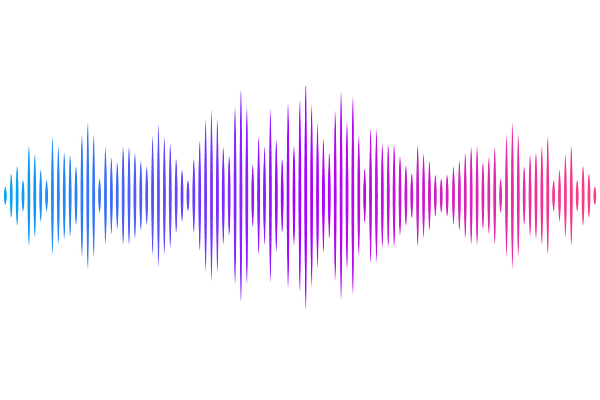Ex vivo high-resolution nano-computed tomography imaging reveals spatial architecture of the adult male mouse lower urogenital tract

Ex vivo high-resolution nano-computed tomography imaging reveals spatial architecture of the adult male mouse lower urogenital tract
Limkar, A. R.; Sharma, S. M.; Ricke, W. A.
AbstractBenign prostatic hyperplasia (BPH) is the most common cause of lower urinary tract symptoms/dysfunction (LUTS/LUTD) in aging men. Over the past 30 years, the prevalence of BPH has increased by 122%, rising from 50.7 million cases in 1990 to 112.5 million in 2021. It is expected that this number will continue to rise over the next 15 years with the global aging population. Although mouse models are invaluable for studying human disease, gross anatomical differences between human and murine prostates complicate their translational relevance for BPH/LUTS research. The purpose of this study was to develop and validate a nanoCT-based imaging approach to enable detailed anatomical analysis of the murine lower urinary tract, with the dual goals of advancing tools for LUTD research and improving the translational relevance of mouse models to human prostate disease. Advancements in nano-computed tomography (nanoCT) have enabled high-resolution characterization of murine organ anatomy, providing new insights into how morphological differences contribute to pathology. To accomplish this, whole lower urogenital tracts from 8-week-old healthy male C57BL/6J mice and microdissected urethras were imaged on a v|tome|x M or nanotom M nano-CT system, respectively. Images were processed for 2D segmentation and subsequent 3D reconstruction using DragonFly 3D World software. Our approach enabled high-resolution visualization and characterization of the murine lower urogenital tract, including the urinary bladder, prostate lobes, seminal vesicles, and ductus deferens, as well as the microscopic ductal architecture of the prostatic urethra. The resulting 3D reconstructions preserved native anatomical relationships and allowed for comparisons between murine and human prostate anatomy. Together, these findings establish a method that can be used for assessing anatomical and morphological changes associated with LUTD development, while also highlighting key anatomical similarities that enhance the translational relevance of mouse models for human prostate disease.